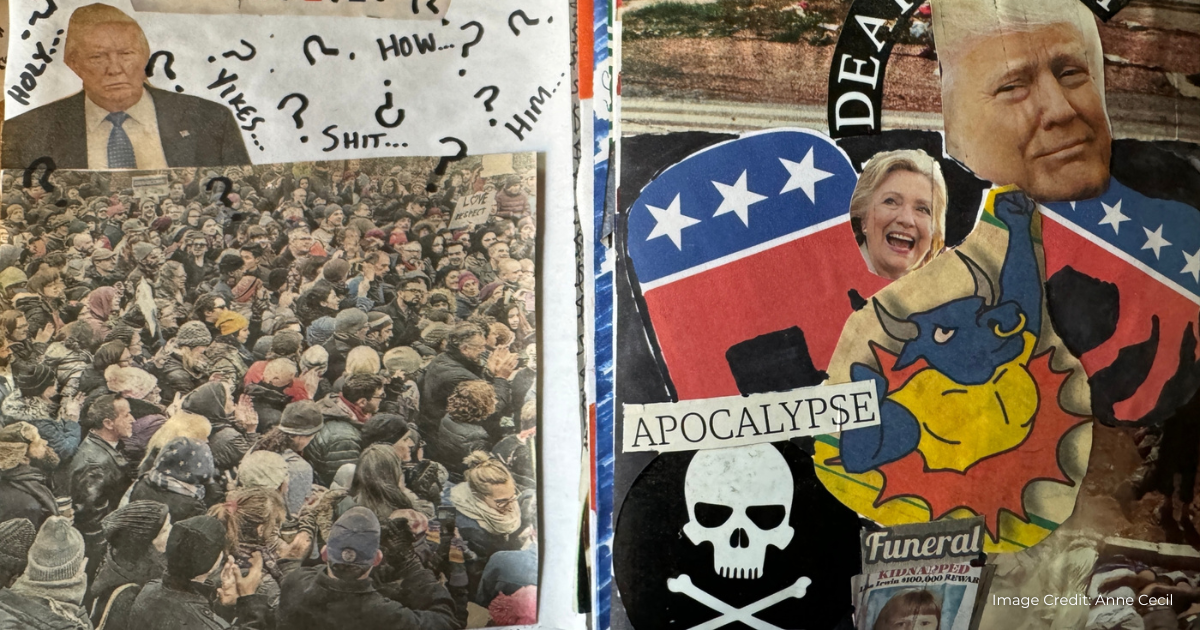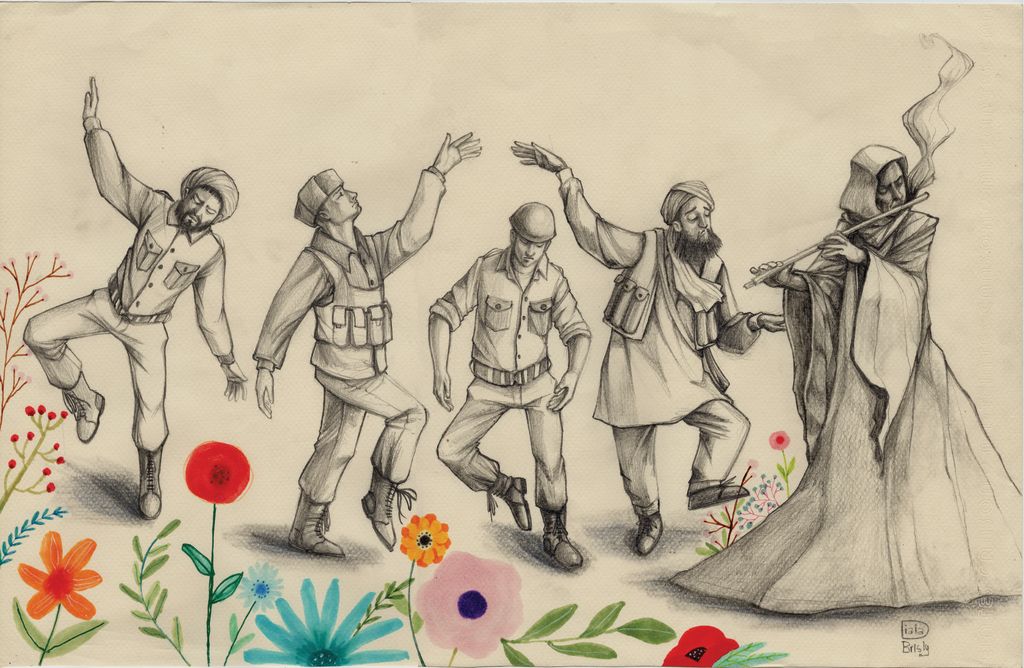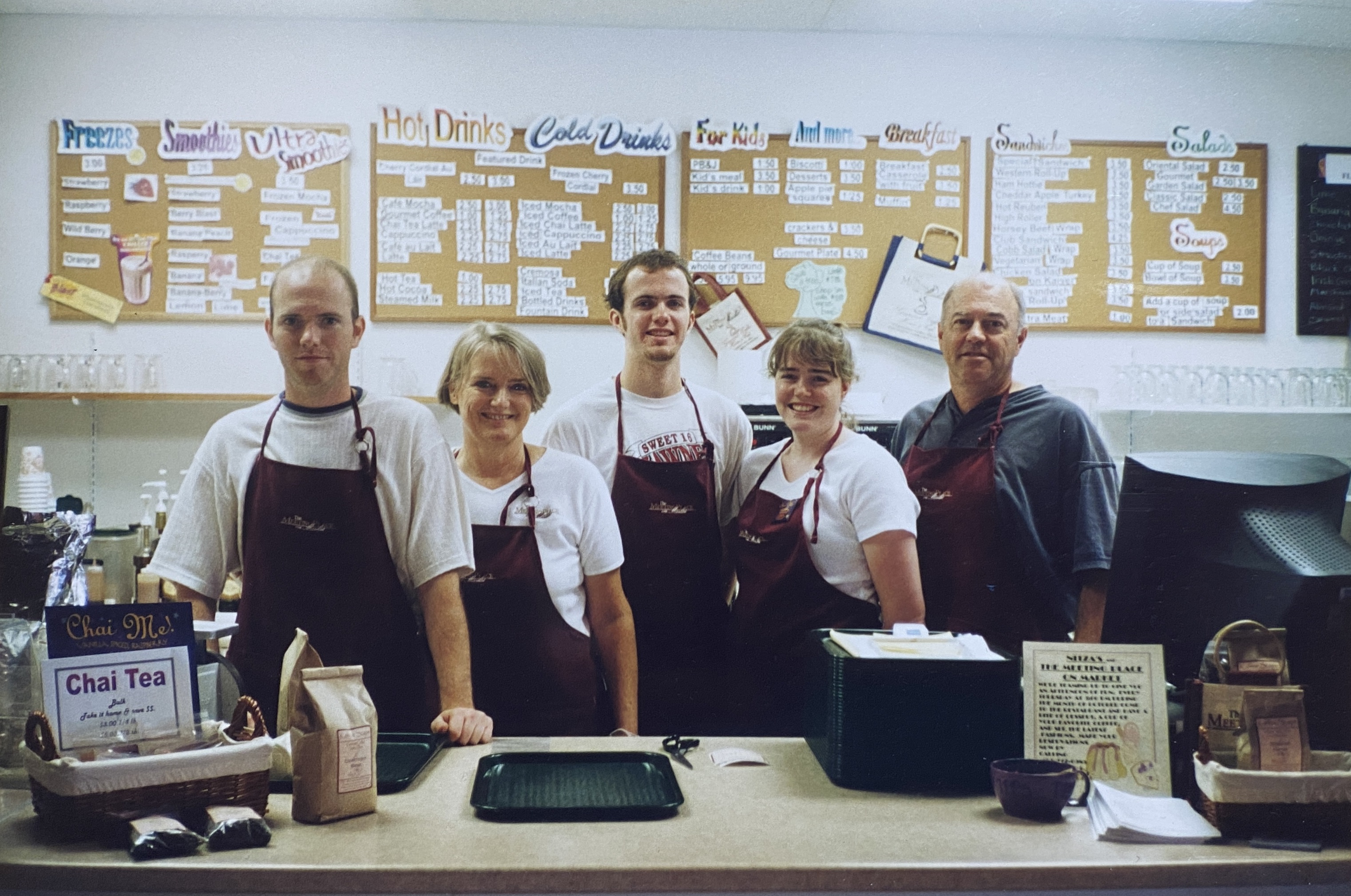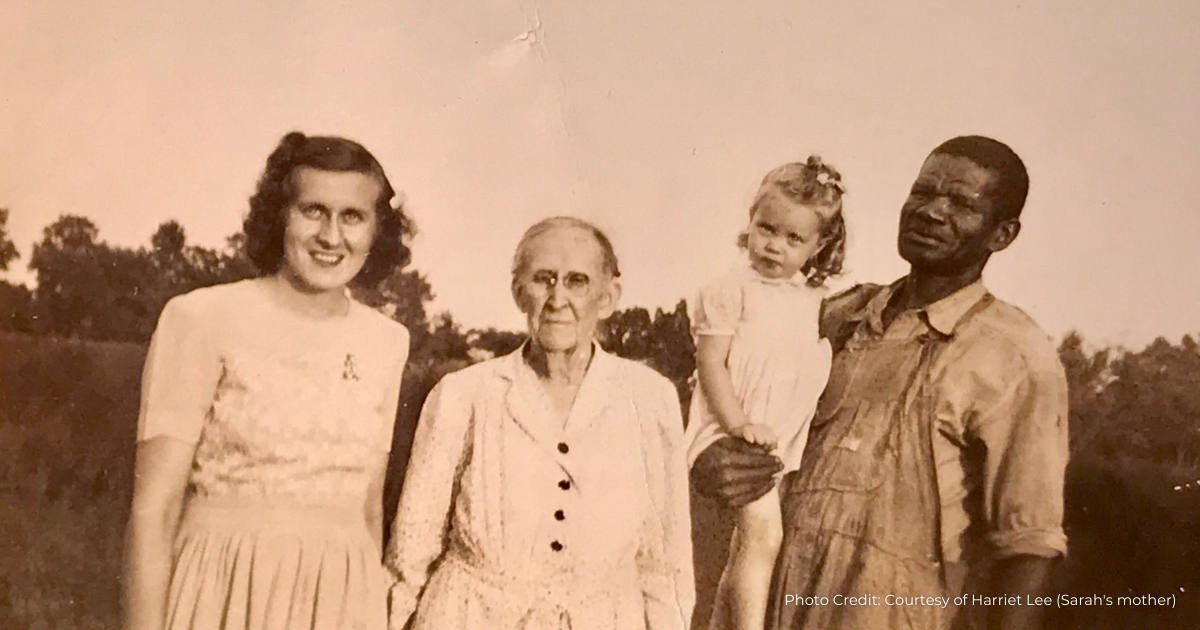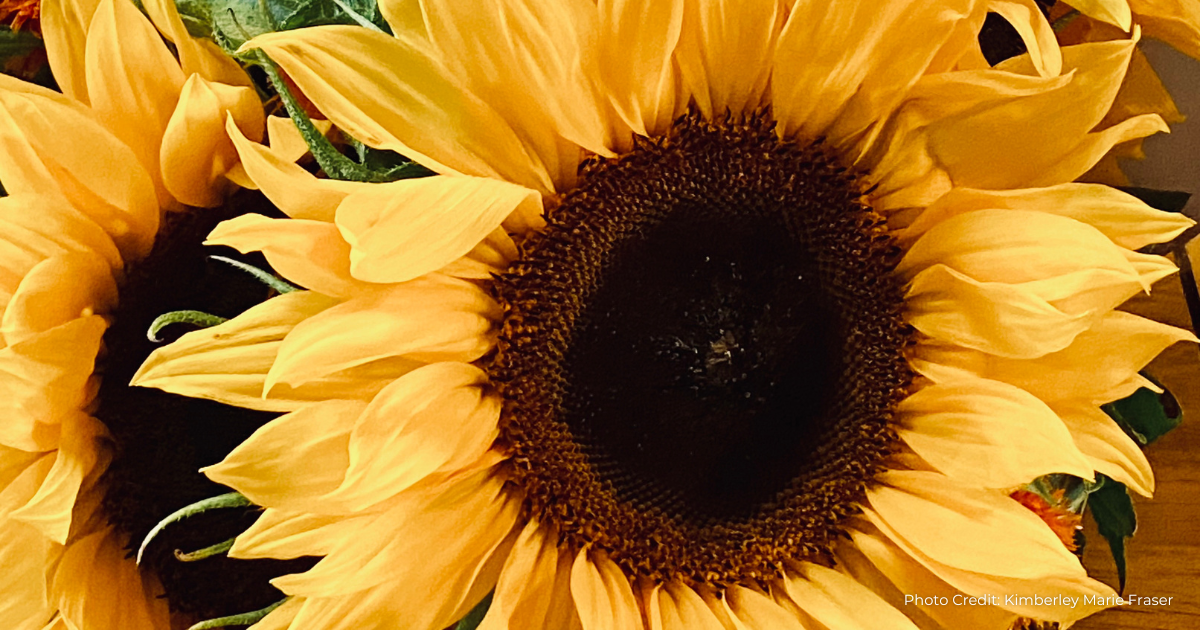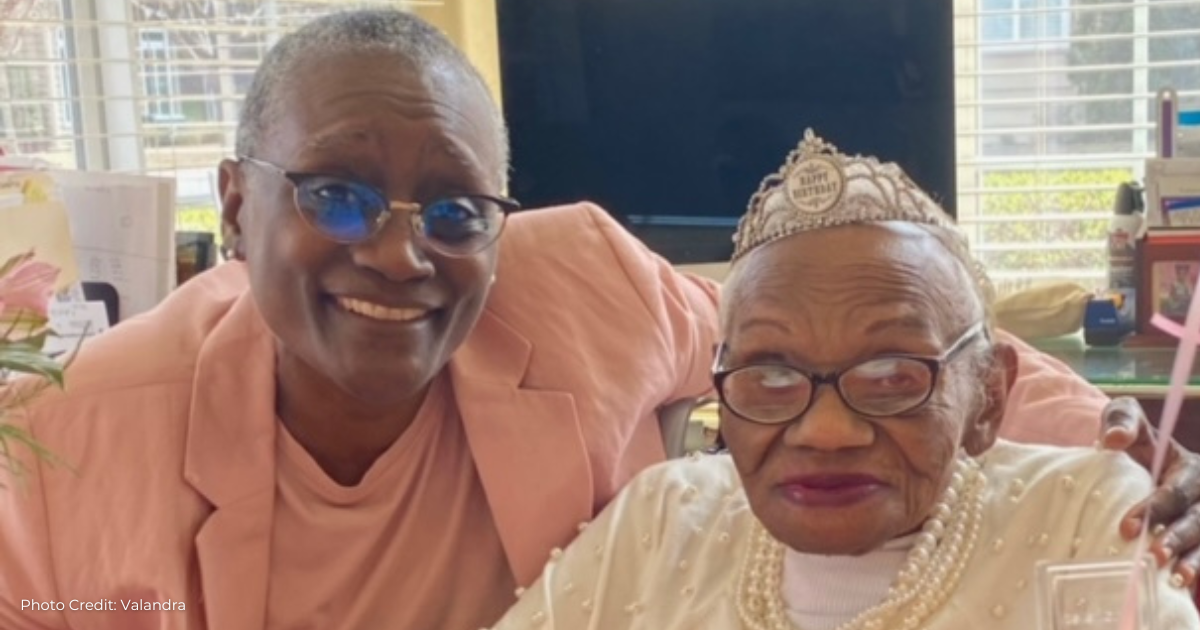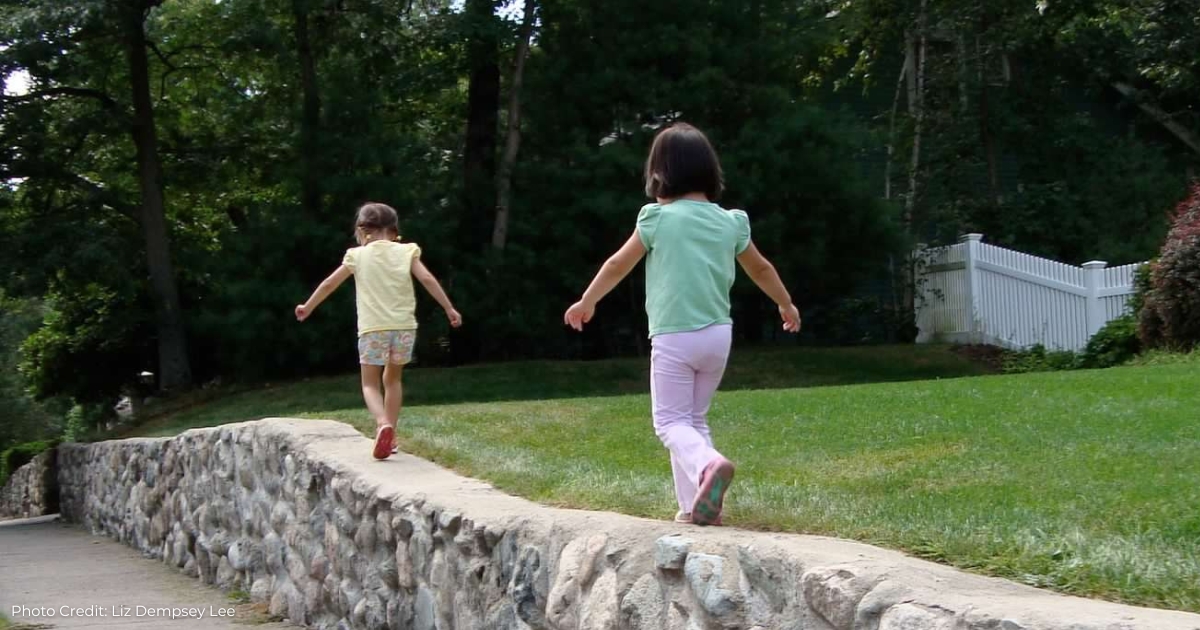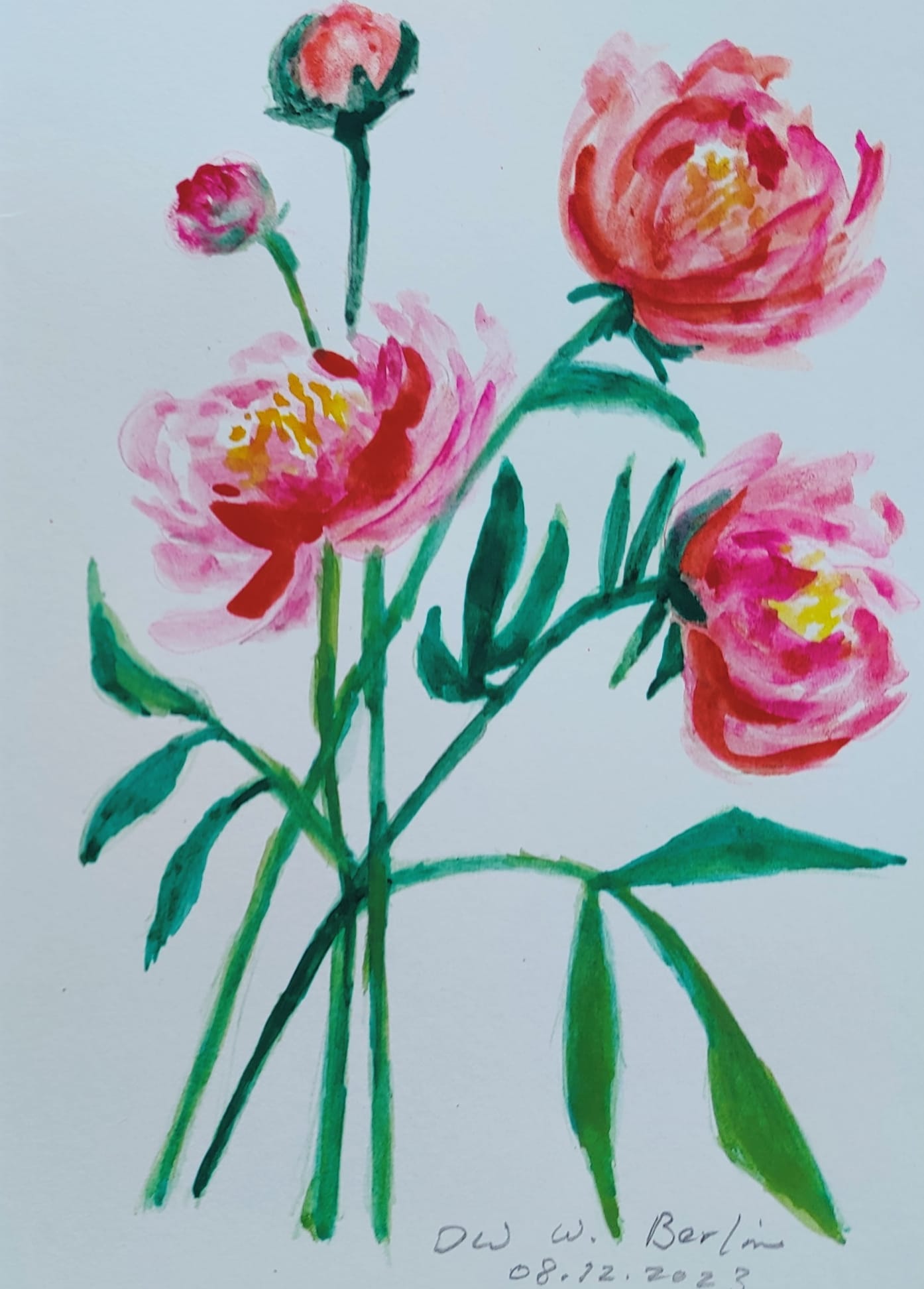Author Posts
Healthy Creative Outlets for Anger, Anxiety, and Frustration
The power of creative expression is a tool for young people to process and reflect on their realities. Whether through art, writing, or music, fostering these outlets can empower them to confront complex issues and find their voice amid the noise.
How to Inspire and Sustain Creative Resistance
How do we remain hopeful to maintain ‘the energy to act’ when confronted with a daily onslaught of visual evidence of the worst in mankind? This requires a shift from an individual to a relational ethics that strengthens our response-ability.
Why Female Entrepreneurs Get Significantly Less Startup Funding than Men
While women own more than 40% of all businesses in the US, female founders receive significantly less in funding. There are steps we can take to close this funding gap for women in business.
The Forgotten in Care Homes: Older People with Dual Sensory Impairment
Older people who live with combined hearing and vision loss (also called dual sensory impairment) are not being recognised, diagnosed and supported due to low levels of awareness among community and staff. A donate-a-book program to a care home is one innovative way to get information into care facilities.
The Cost of White Shame and the Benefits of Moving Through It
White Americans have largely been silent or ignorant about the cognitive dissonance we live with, both today and passed down through our DNA, and the way it causes so much shame. Unprocessed and misunderstood, this white shame can show up as depression and paralyzing pain. Moving through it can be a powerful step toward antiracism, and is critical to our mental health.
Invisible Disabilities: Overcoming Biases and Other Outdated Notions
Invisible disabilities have long been viewed as being less severe than their visible counterparts, and this issue persists to this day. There is still the outdated notion that your disability must cause you physical pain or infirmity to be believed, accepted, and supported.
Recognising the Unseen: Supporting Gestalt Language Processors in Education
Gestalt language processors (GLP) perceive and process language in a non-linear, holistic manner. Dr. Jaime Hoerricks sheds light on the often-overlooked struggles of GLPs within the traditional education system, offering innovative and practical strategies for educators and parents as well.
Ancestral Voices: Listening to My Grandmothers
by Professor Valandra, PhD // A look at the "intergenerational bridge" and how the author's grandparents "overcame insurmountable obstacles daily and showed our families and communities, in word and deed, how to defy the white grip of exploitation and domination of our minds, bodies, and spirits to maintain our freedom and find joy despite living in the wake."
Family Advocacy: Zero-Sum Parenting and Educational Equity
Family advocacy varies widely in relation to a family’s social identity and, as educators, we need to walk into the world of family advocacy directly and deliberately. Certain types of "unproductive" advocacy can pull resources and attention away from other forms of meaningful family advocacy.
Where Is Home? Expectations vs. the Unexpected
What constitutes home in the twenty-first century? Dr. Dong WANG (she/her/hers) at the Lower Rhine of Germany looks into the life of the Australian-born/bred, first “native” media man, Tse Tsan Tai (1872-1938), in British Hong Kong. The burning question remains whether people today can still see eye to eye with Tse. Can birthplace be considered home any more?
Topic Areas
- Disability Studies
- Announcements
- Fashion and Personal Style Studies
- Forced Migration
- Carceral Studies
- Asian Studies
- Cultural Anthropology
- Emergent Entrepreneurship
- Queer and LGBT+ Studies
- Latinx Studies
- Education Studies
- Black Studies
- Author Posts
- Perspectives
- Interviews
- Publishing Process
- Publishing Mission
- Seminars
- Press Releases
- Meet the Team
Recent Posts
Lived Places Publishing Announces the Launch of Intersections: Identity and Place
Faculty are increasingly asking campus libraries to provide materials from a broader, more diverse range of authors and subject areas. LPP exists to support librarians and faculty in this goal with a new Collection of 105 ebooks designed as course readings called Intersections: Identity & Place.
Lived Places Publishing at the 2024 Charleston Conference
David Parker will be presenting at The Charleston Library Conference in Charleston, SC on a panel of three publishers (non-profit and commercial) about how to use data & analytics to advance more equitable and inclusive publishing models.
Healthy Creative Outlets for Anger, Anxiety, and Frustration
by Anne Cecil
The power of creative expression is a tool for young people to process and reflect on their realities. Whether through art, writing, or music, fostering these outlets can empower them to confront complex issues and find their voice amid the noise.
How to Inspire and Sustain Creative Resistance
by Cindy Horst
How do we remain hopeful to maintain ‘the energy to act’ when confronted with a daily onslaught of visual evidence of the worst in mankind? This requires a shift from an individual to a relational ethics that strengthens our response-ability.
Why Female Entrepreneurs Get Significantly Less Startup Funding than Men
While women own more than 40% of all businesses in the US, female founders receive significantly less in funding. There are steps we can take to close this funding gap for women in business.
The Forgotten in Care Homes: Older People with Dual Sensory Impairment
Older people who live with combined hearing and vision loss (also called dual sensory impairment) are not being recognised, diagnosed and supported due to low levels of awareness among community and staff. A donate-a-book program to a care home is one innovative way to get information into care facilities.
